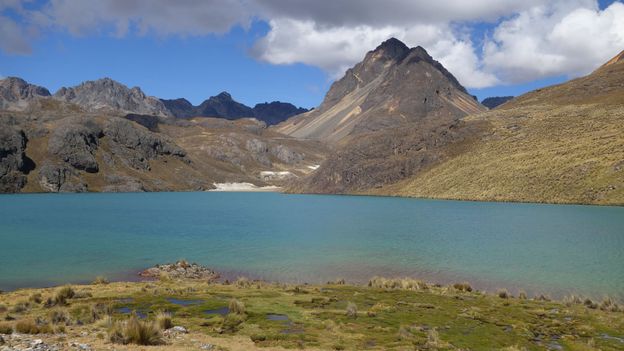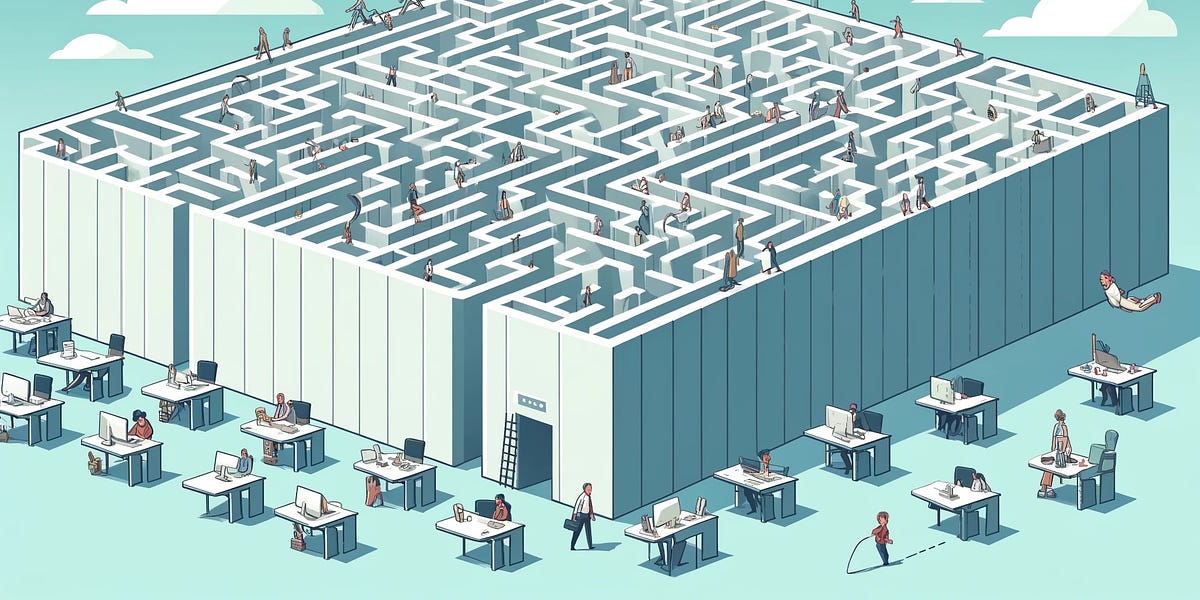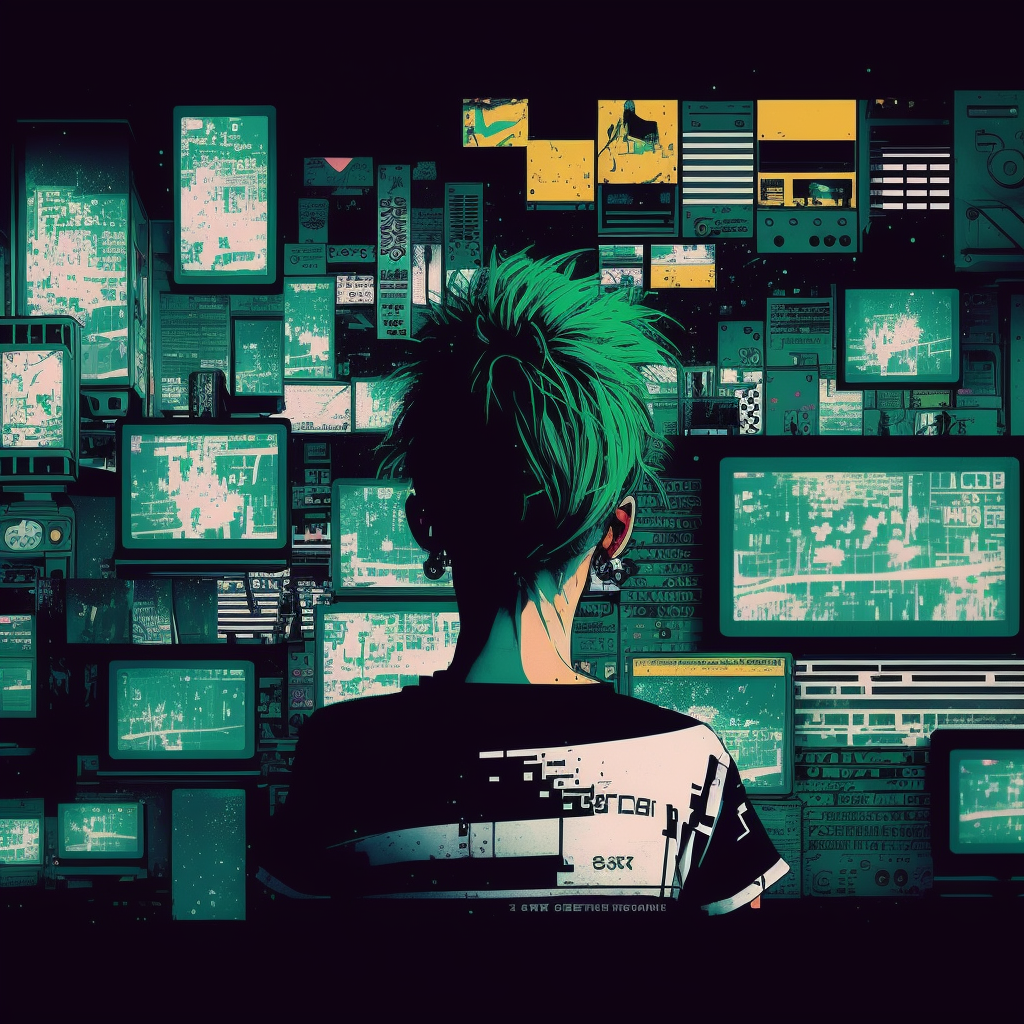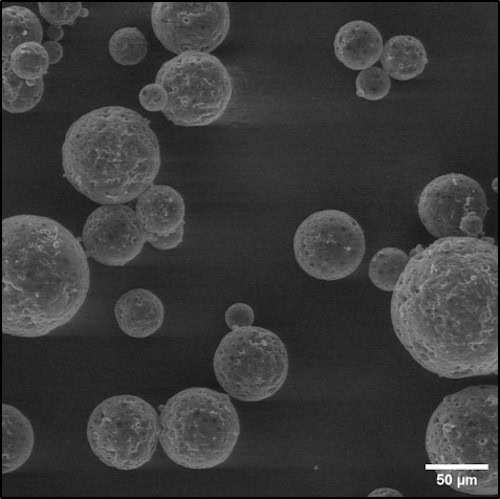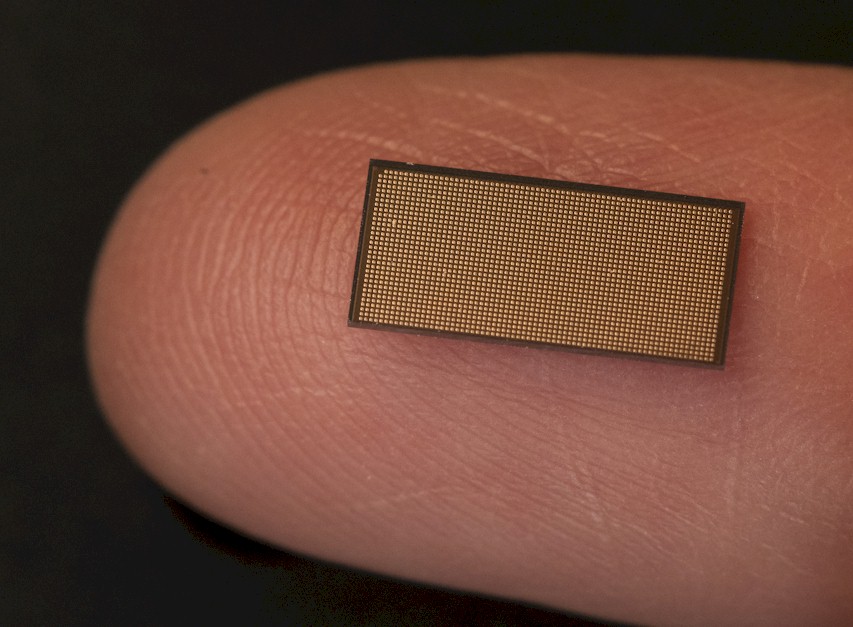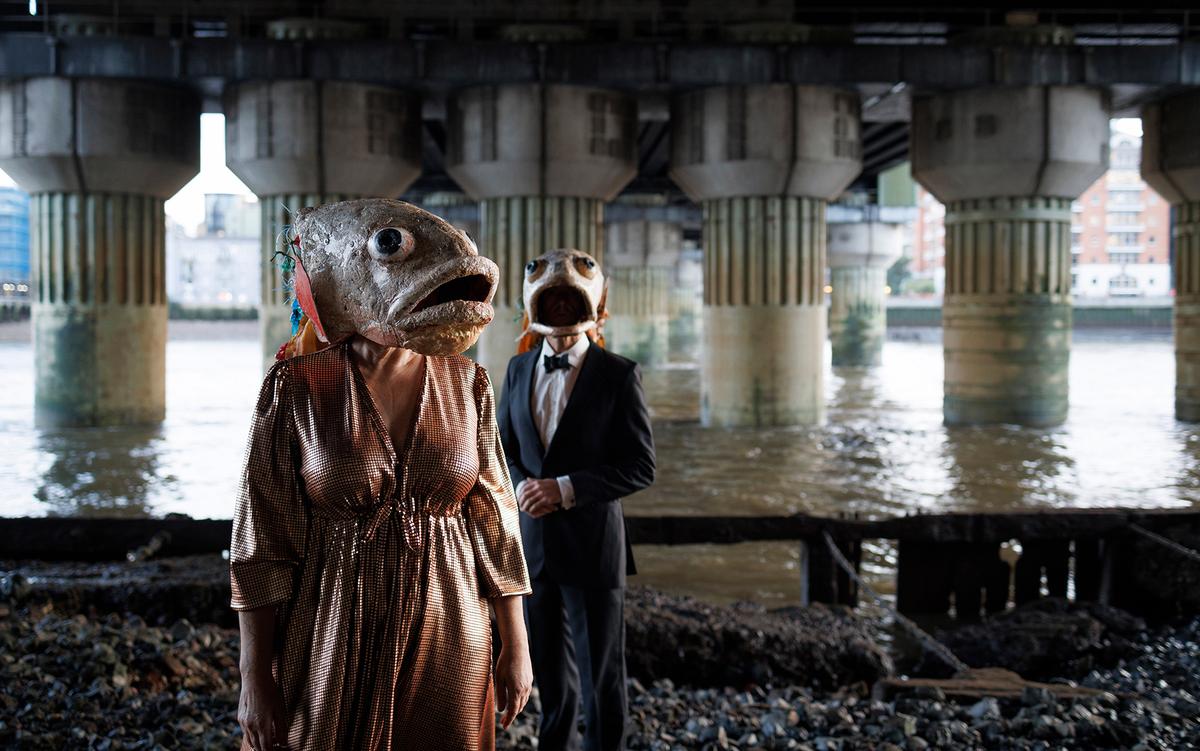The Making of Avatar: The Way of Water
Here at Voxel51 (the company behind the open source FiftyOne computer vision toolset) we’re computer vision practitioners and enthusiasts. As such, we’re always on the lookout for new applications of computer vision. Recently, Avatar: The Way of Water grabbed our attention for its stunning visuals and underwater cinematography. In this article, I’ll summarize some of the most interesting computer vision techniques the film employed to create such an immersive experience.
After almost 13 years, James Cameron’s long-awaited sequel to Avatar finally came out on December 16th, and it is on pace to surpass the first Avatar film as the highest grossing box office production of all time.
The protracted hiatus between installments was in large part due to the technical challenges director James Cameron and the Avatar team took upon themselves to solve: chief among these being the difficulty of creating realistic scenes in water.
Overcoming these hurdles involved the creation of new hardware, the development of novel machine learning algorithms, and humans performing physical feats they never thought possible. Computationally, the film required 18.5 petabytes of data, weeks of simulation for individual scenes, and millions of CPU hours to render the graphics [1].
Leave a Comment
Related Posts



